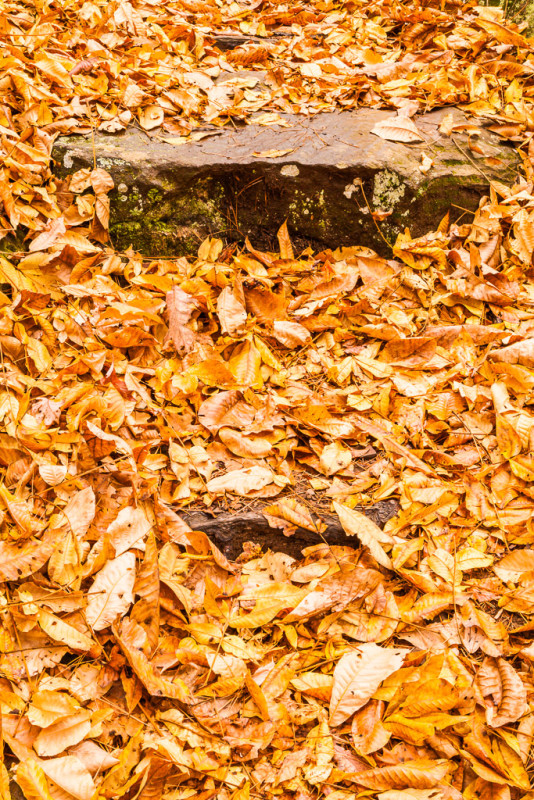
To me, autumn has always seemed to be the most fleeting of all the seasons. In the South, winter lasts for three or four months. Spring lasts two, sometimes three, months. Summer hangs around for five or six months, but when the temperatures are hovering near 100 degrees for days on end, it can feel like summer will never end. And then, there’s autumn. The time of year when the oppressive heat of summer yields to cooler temperatures, the sky seems to take on a richer deeper tone of blue, and everything seems to be getting ready for the arrival of the winter that is just around the corner. But, autumn so often is here and gone before you even realize it. At least that’s how it seems to me.
If you like to photograph autumn color full of oranges, yellows, and reds, you better be ready for just that time when the colors are at their boldest. Just a few days can make all the difference between images that are either absolutely amazing or rather ho-hum. And if you miss it, you have to wait a whole year to try again.
Since this past spring, I had been waiting for the arrival of autumn. I had a number of areas in mind to photograph autumn foliage. As September was coming to an end, I began watching and reading all the autumn foliage reports I could find to figure out where the best spots would be and when the peak period would occur. All my research led me to the conclusion that the best time for fall color would occur during the last week of October into the first week of November. Unfortunately, that week coincided with the week I was in Orlando, Florida. I had waited six months to photograph autumn colors, and I was going to be nearly 1,000 miles away! My opportunity for autumn photography this year was over before it had even started.
But, hoping that I could still find a few leaves on the trees, I went to Petit Jean State Park this past weekend. However, after having several very windy days in the last two weeks, a lot of leaves had already fallen. The few leaves that remained on the trees had, for the most part, turned brown. But as I walked around, I noticed a layer of yellow leaves lying on the ground surrounding a dark rock, and I liked the way the leaves contrasted with the rock.
Capturing this scene was very straightforward. Because the sky was heavily overcast, the lighting was very even and diffused which eliminated any concern of overexposure. I simply metered the scene and used the smallest aperture on the lens, f/22. The small aperture allowed me to maintain sharp focus throughout the entire frame, but it also required a slow shutter speed of one-half second. However, the slow shutter speed was not a concern because the wind was not blowing, the subject was not moving, and the camera was firmly mounted to my tripod. After framing the scene the way I wanted, I tripped the shutter and captured the image.
While I wasn’t able to capture the scenes of autumn that I had hoped I would, at least I can look forward to another chance next year. But winter is soon to arrive with a new set of photographic opportunities. So, good-bye autumn, hello winter!
Settings: Canon 5D Mk II, 50mm, 1/2 sec, f/22